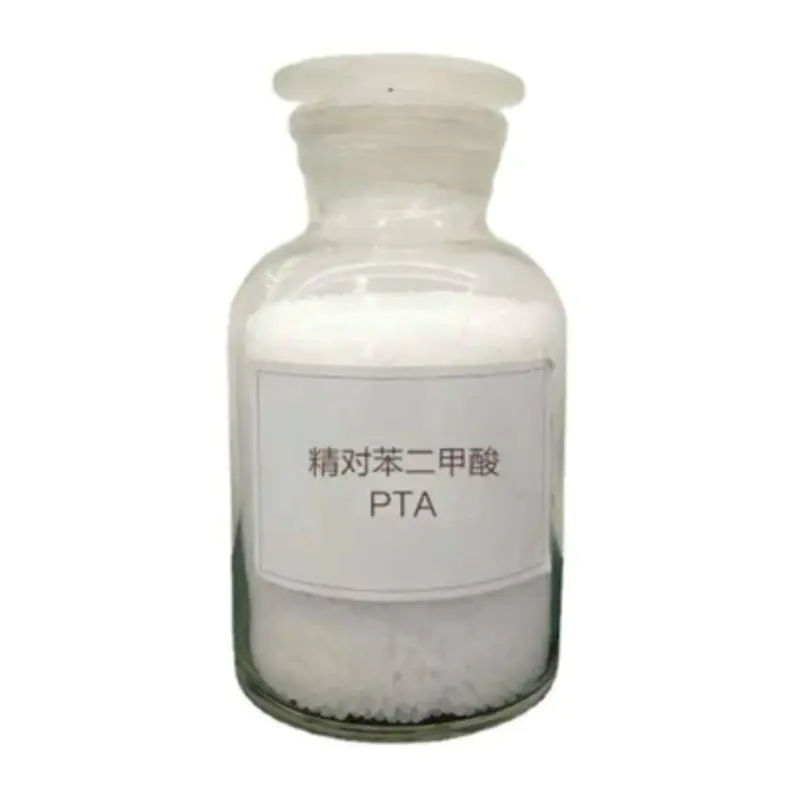Polyester Raw Material: The Backbone of Versatile Textiles
2024-11-22
Polyester, one of the most widely used synthetic fibers in the world, owes its versatility and durability to its raw materials. From clothing and home furnishings to industrial applications, polyester plays a vital role in modern industries. Understanding the raw materials that form the foundation of polyester is key to appreciating its widespread use and sustainability potential.
What is Polyester?
Polyester is a category of polymers primarily composed of the chemical compound polyethylene terephthalate (PET). It is derived from a combination of organic acids and alcohols, making it a synthetic, petroleum-based material.
Primary Raw Materials Used in Polyester Production
1. Ethylene Glycol (EG)
- Source: Derived from petroleum or natural gas.
- Role: A core building block in the polymerization process.
- Features: Provides flexibility and durability to the polyester fiber.
2. Terephthalic Acid (TPA) or Dimethyl Terephthalate (DMT)
- Source: Derived from para-xylene, a product of crude oil refining.
- Role: Combines with ethylene glycol to form PET through condensation polymerization.
- Features: Ensures the rigidity and strength of the polyester structure.
3. Catalysts and Additives
- Examples: Antimony oxide, titanium dioxide, and other stabilizers.
- Purpose: Enhance polymerization efficiency, improve thermal stability, and modify optical properties.

Polyester Manufacturing Process
1. Polymerization
- Terephthalic acid (or DMT) reacts with ethylene glycol under heat and pressure, forming a polymer chain.
- This process results in the creation of polyethylene terephthalate (PET).
2. Spinning
- The PET polymer is melted and extruded through spinnerets to form continuous filaments.
3. Post-Processing
- The fibers are stretched (drawing process) to align the molecular structure, enhancing strength and elasticity.
4. Finishing
- The polyester can be cut into staple fibers for blending or left as continuous filaments for weaving and knitting.
Applications of Polyester Raw Material
1. Textiles and Apparel
- Used in clothing, upholstery, and home furnishings.
- Blended with natural fibers like cotton to improve durability and wrinkle resistance.
2. Industrial Uses
- Reinforcement for tires, conveyor belts, and safety belts.
- Production of high-strength ropes and threads.
3. Packaging
- PET bottles and containers for food and beverages.
4. Automotive Industry
- Seat fabrics, interiors, and insulation materials.
Sustainability in Polyester Production
1. Recycled Polyester (rPET)
- Made from post-consumer PET bottles and other polyester waste.
- Reduces reliance on virgin raw materials and lowers the environmental footprint.
2. Bio-Based Polyester
- Emerging technology uses renewable sources like sugarcane or corn to produce ethylene glycol.
- A step towards reducing dependence on fossil fuels.
3. Circular Economy
- Efforts are being made to close the loop by improving polyester recyclability and reducing waste.
Challenges and Considerations
- Environmental Impact: The production of polyester relies heavily on fossil fuels, contributing to greenhouse gas emissions.
- Microplastic Pollution: Washing polyester garments releases microfibers into waterways, raising environmental concerns.
- Sustainable Alternatives: Innovations in biodegradable polyesters and recycling technologies are addressing these challenges.
Conclusion
Polyester raw materials, primarily derived from petroleum, are the backbone of a versatile and widely used synthetic fiber. While its durability and adaptability make it a favorite in various industries, the focus is increasingly shifting toward sustainable production practices.
As advancements in recycled and bio-based polyester continue to grow, the future of polyester lies in balancing performance with environmental responsibility. Whether it’s in your wardrobe, your car, or the packaging you use daily, polyester demonstrates how raw materials shape the fabric of modern life.


